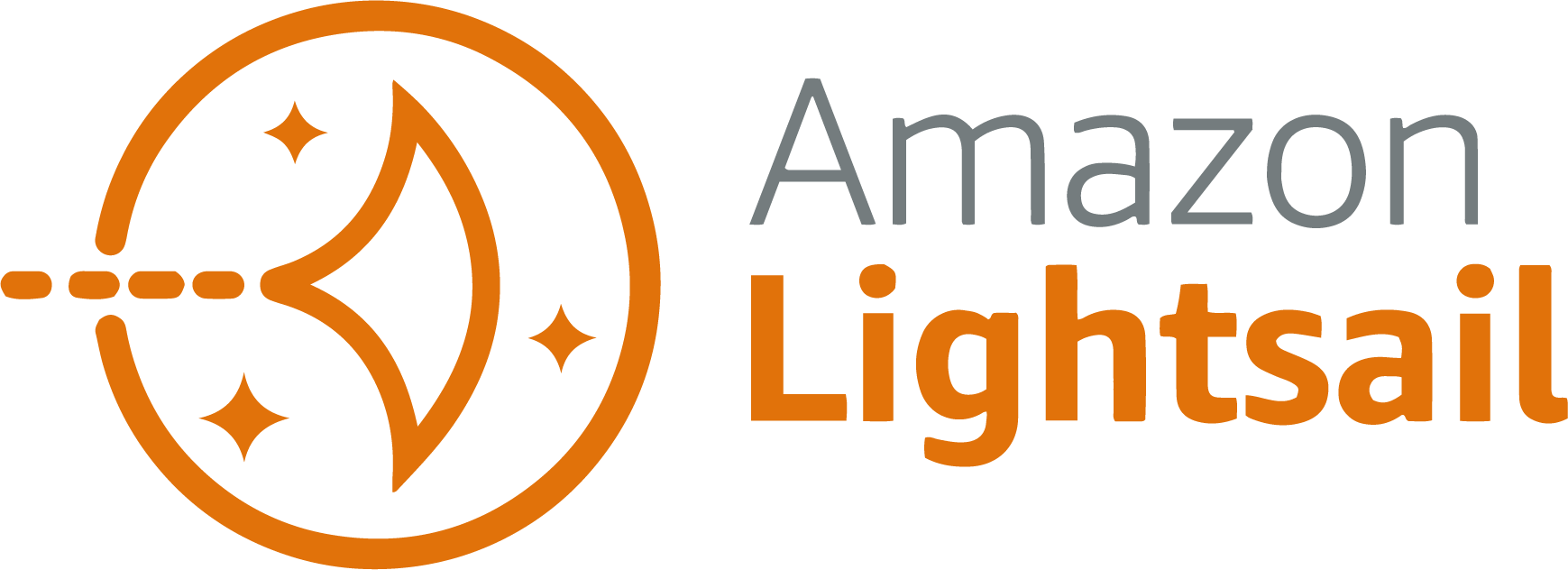Hello world and welcome to fishbits.dev! In this inaugural post I am going to talk a little bit about this site and how it was built. When I bought the domain a few months ago for this side project, I wasn’t 100% sure how I was going to build the infrastructure or even what I was going to run to host the domain. I landed on using WordPress because of my familiarity with it in past projects. In the same light, my comfort zone is definitely AWS, so I needed to decide how I was going to host a site. Cost is always at the forefront of any project I work on, and if you dig into the AWS reference architecture it becomes very apparent that hosting a massive WordPress site can be quite costly.

At some point we can dig into all the details about this reference diagram, but the truth is I don’t really need any of those infrastructure components to start a site. You may ask, “why not just use a managed solution like wpengine?”. And the answer to that is, I’m a tinkerer and love to do things myself. So, knowing I was going to self manage and host this site, I needed a solution and it came down to two options:
- Setup a VPC, install WordPress on an EC2 instance, and manage multiple components manually.
- Use AWS Lightsail and the Bitnami WordPress Container (pre-packaged).
I opted for #2 and below is a diagram of how it all works together:

This setup is very simple. Some things to note:
- It’s subject to a single AZ having issues.
- If the container has problems, there isn’t a second one to balance the load to.
- The VPC setup is a giant black box, AWS doesn’t give you visibility into how that works.
- To route to the wordpress site, you must have a public IP and there is some magic sauce around setting up the routing from an unsupported domain.
Overall, I’m very happy with this setup for a small WordPress site. Depending on how this goes, I may play around with some other configurations like option #1 above in EC2. Anyway, one bit at a time! In my next post, we’ll walk through creating this setup with terraform.
